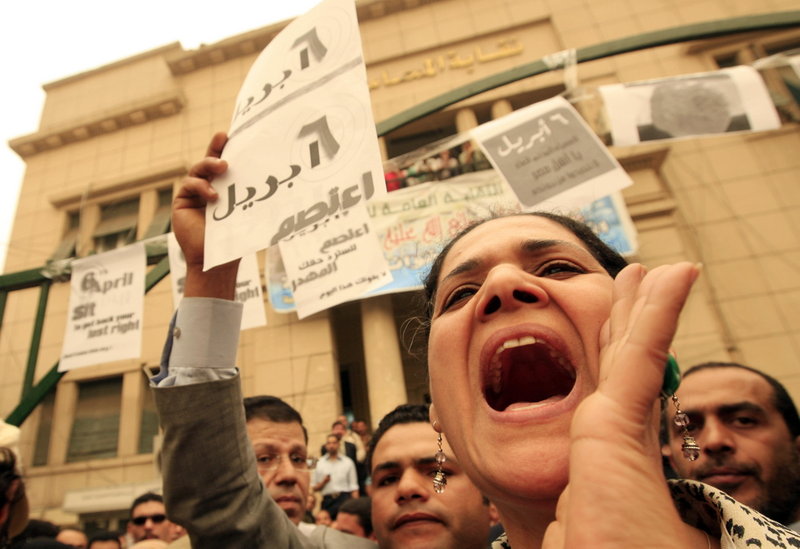SHARJAH/AMSTERDAM: There was vigorous debate before and shortly after the screening of the controversial Dutch film “Fitna, which portrayed Islam as inherently violent. While the worldwide attention generated from the film has since died down, it is worth taking a look back to examine what role, if any, the media played on the impact of this event on Muslim-Western relations.
On March 23, Dutch politician Geert Wilders released his highly politicized film about the Quran and Islam called Fitna, or strife. In it, Wilders coupled phrases from the Quran with pictures of Muslim fundamentalists and terrorist attacks in an effort to prove that the Quran inspires hatred of non-Muslims.
Months before its release, the predicted content of the movie and its anti-Islam message were debated around the world as people feared the implications the movie could have on the relationship between western and Muslim societies. The film was feared to bring about the same backlash and riots that had been stirred by the Danish publication of the Prophet Mohamed cartoons and the assassination of Dutch filmmaker Theo van Gogh, who had directed another film, “Submission, with a similar anti-Islam message.
Though concerned with different aspects of the film s release, the media coverage of the film in the Netherlands and in the Arab world drew interesting similarities.
In the Netherlands, the release of the 15-minute movie was associated with risks and security measures. The newspapers cited politicians concerns about possible terrorist attacks on Dutch targets, such as Dutch soldiers in Afghanistan or Iraq. Newspapers also published stories voicing concern about the possibility of economic and political boycotts by Muslim countries, a legitimate fear given the effective boycott of Danish goods after the Prophet Mohamed cartoons. At the same time, Dutch newspapers also focused on the need for freedom of speech and religion in the Netherlands.
Following Fitna s release on a website called LiveLeak, Dutch newspapers expressed relief about the fact that Wilders had not shown expected scenes of himself ripping out pages and burning the Quran. Often citing the phrase, peaceful co-existence, the newspapers condemned the movie s offensive message frequently. The fact that the Dutch government, along with the United Nations and the EU, had condemned the movie and rejected Wilders views on Islam was also a point of note in many newspaper articles.
Arab media also extensively covered the film s release. Al Jazeera English devoted two articles to the movie. Far from being inflammatory, the articles commented on a letter from Wilders, published in a Dutch newspaper, in which he compared the Quran and Adolf Hitler s Mein Kampf. The articles also relayed to the Arab world that television networks in the Netherlands refused to air the movie.
The Gulf News, a United Arab Emirates-based newspaper, reported on certain Egyptian Muslim clerics who were urging Muslims around the world not to react to the movie with aggression, but rather to use the opportunity to educate the West about Muslims and Islam.
Another article documented how a Dutch delegate had been sent to Arab countries to explain why the Dutch government could not prevent the release of the movie due to the country s adherence to freedom of speech laws. In a Gulf News article titled Hypocrisy over free speech issues, writer Linda S. Heard argued that freedom of speech should be limited because we live together, and one man s freedom of expression is very often insulting and hurtful to someone [else].
Looking over these articles, we see how the Dutch and Arab media played a positive role in preventing a further escalation of tensions. Both focused on the Dutch government s condemnation of the movie and emphasized that the movie s message reflected the opinion of one individual, not an entire nation. In both regions, newspapers argued that violence is not the right response to anti-Islamic rhetoric.
The Dutch and the Arab newspapers did, however, differ in their estimation of freedom of speech. While the principle of freedom of speech is sacred and therefore without restraint in the Netherlands, Arab newspapers argued that it should be limited if used to hurt and insult others.
The coverage of “Fitna s release is one example of how different societies relate to values, such as freedom of expression, in different ways. And while these differences exist, so do the commonalities: violence was and is condemned both in the West and in the Arab world. Although we might disagree on important issues, even values, we have to find a way to accept each other s beliefs without diminishing the importance of our own. The release of “Fitna and the constructive way in which our societies conducted themselves prove that this is possible.
Fatima Ibrahimis a student at the American University of Sharjah and is majoring in international studies with a concentration in international relations.Anne Holtkamp attends the University of Amsterdam and is majoring in international relations. This article was written for the Common Ground News Service (CGNews) and can be accessed at www.commongroundnews.org.

